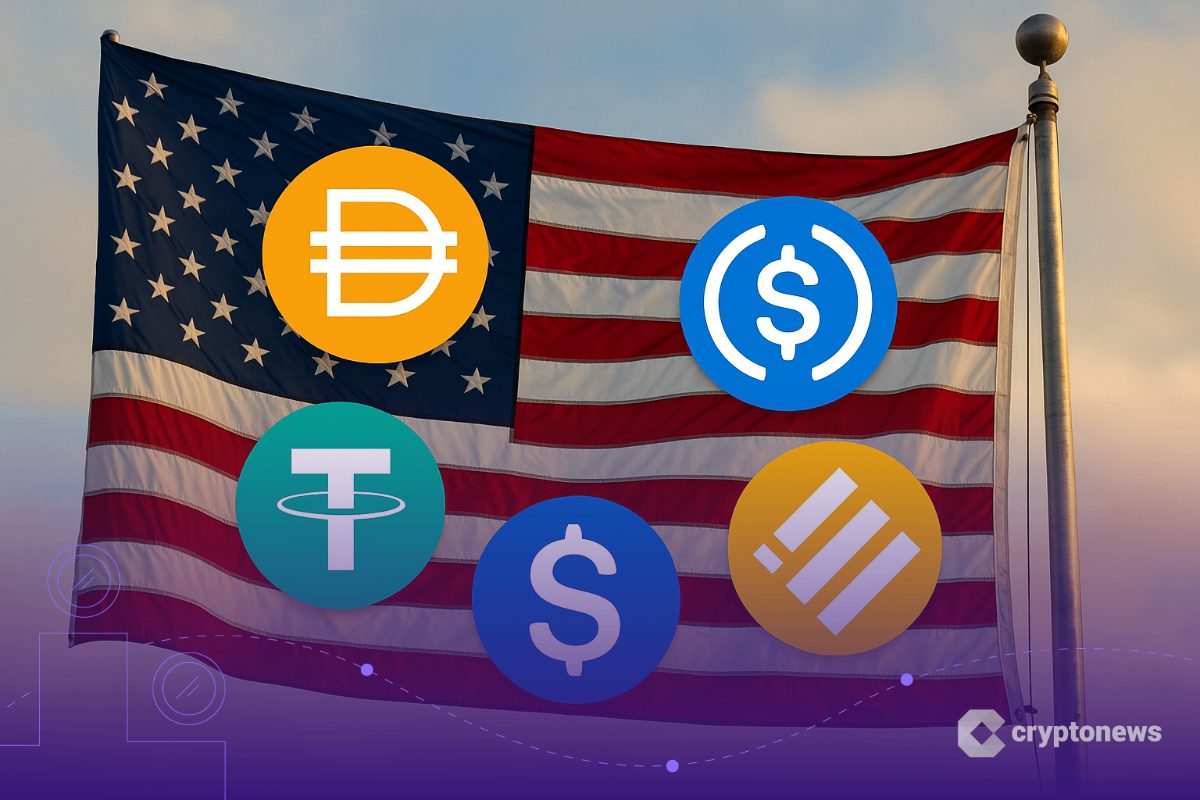Ethereum spot ETFs saw a total net outflow of $465 million yesterday, a record high
PANews reported on August 5 that according to SoSoValue data, the Ethereum spot ETF had a total net outflow of US$465 million yesterday (August 4, US Eastern Time).
The Ethereum spot ETF with the largest single-day net outflow yesterday was Blackrock's ETF ETHA, with a single-day net outflow of US$375 million. Currently, ETHA's total historical net inflow has reached US$9.367 billion.
The second is Fidelity ETF FETH, with a single-day net outflow of US$55.1144 million. The current historical total net inflow of FETH has reached US$2.211 billion.
As of press time, the total net asset value of the Ethereum spot ETF was US$20.473 billion, the ETF net asset ratio (market value as a percentage of Ethereum's total market value) reached 4.7%, and the historical cumulative net inflow has reached US$9.024 billion.
You May Also Like

Tokenized Stocks: A Real Alternative to Brokers or Just an Elegant Illusion?

Payment Processor Remitly Plans Stablecoin Rollout for International Transfers
